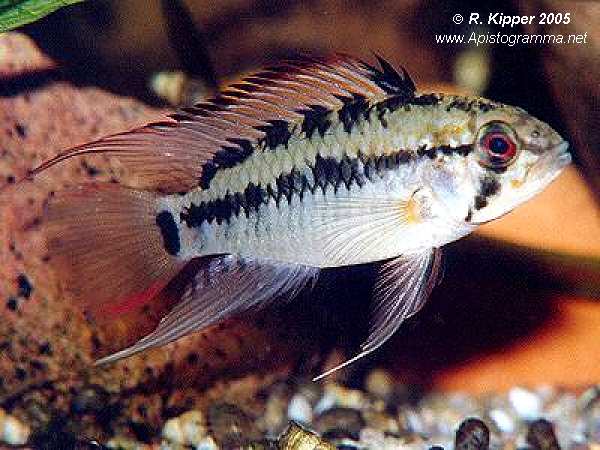- Messages
- 179
- Location
- High Wycombe England
These fish came to me in area but I'm now glad they sent them as they are very nice looking fish.

MALE

MALE

FEMALE

MALE

MALE

FEMALE



fishgeek said:mike can you lead me to a photo of a viejita

if it is called "super-red", you can assume, that they are Macmasteri-breeding forms ;-)fishgeek said:the fish peter has shown are what i often see advertised as super red viejita over here
how do you tell the difference between the two in pictures a122 and a123 on page 60
on page 59 123 looks very different , obvious spot on belly no red shoulder lateral line not obvious , tail or is the bit in front of the dorsal fin the caudal peduncle?, that spot not evident
is it a scale counting thing?
do different moods affect the visual differentiation here?
is there mislabeling of photo's in the datz book aswell?




